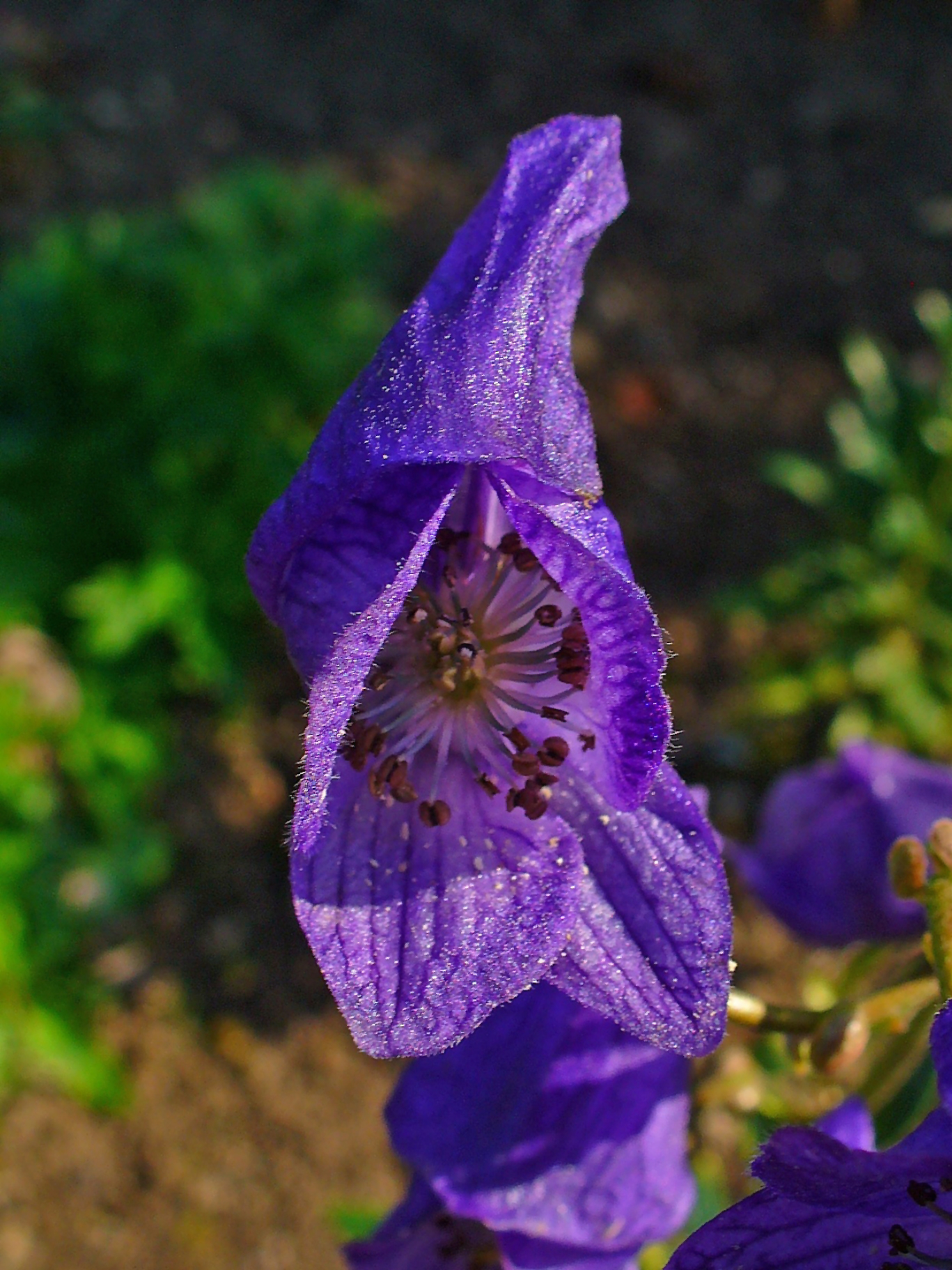

It has been the favorite poison of suspense writers for the past several centuries and its use continues in the plethora of modern day Aconites have been used more recently in murder plots. napellus could have been legally sentenced toĭeath. History, the plant was often used to eliminate criminals and enemies, and by the end of the period it was banned and anyone growing A. During the ancient Roman period of European Poison, with cases going back thousands of years. The poisonous principle has been used to coat poisonous arrows, and inĪlaska, harpoons for whale hunting. napellus contains several poisonousĬompounds, including enough cardiac poison that it was used on spears and arrows for hunting and battle in ancient Javelin, the tips of which were poisoned with the substance, or from akonae, because of the rocky ground on which the plant was thought to grow The name aconitum comes from the Greek ἀκόνιτον, which may derive from the Greek akon for dart or The name wolfsbane comes from the old European practice of poisoning wolves with meat scraps laced with Aconite

The plant is extremely poisonous in both ingestion and skinĬontact. The below-ground tubers are fleshy with the species epitaph translating as little In nature aconite is pollinated by bumblebees so the volume of the hood is sufficiently large to allow access to theīee. The covering hood of the flower is a domed modified sepal that shrouds the inner parts of theįlower. The flowers appearing from midsummer until fall are dark purple toīluish-purple, narrow oblong helmet-shaped, 1≢ cm (0.39≠.79 in) tall. Rounded, 5≡0 cm (2.0≣.9 in) diameter, palmately divided into five to seven deeply lobed It isĪ plant growing to 1 m (3 ft 3 in) tall, with hairless stems and leaves. Herbaceous perennial native and endemic to western and central Europe. This species is native to Europe.Īconitum napellus is a long lived tuber forming Plants native to Asia and North America formerly listed as A. About 250 species are known with five native to North America. The genus grows inĬool, moist mountain regions with the highest concentration of species found in high elevations regions ofĪsia. Ranunculaceae, that is most closely related to delphiniums. Aconite - Monkshood - Wolfsbane - Aconitum napellusĪconitum napellus (monk's-hood, aconite, wolfsbane) is a species of highly toxic flowering plant in the genus Aconitum of the family


 0 kommentar(er)
0 kommentar(er)
